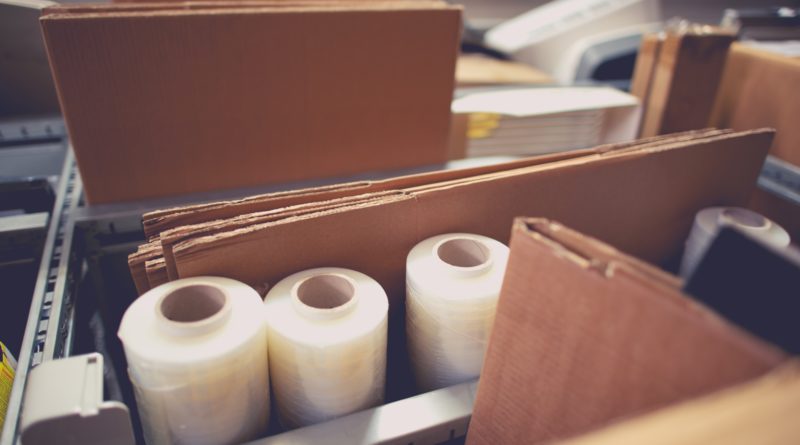Best Practices When Packaging Products
Packaging products isn’t something new to a lot of people. In fact, packaging products have been around since the first commercial product was created. However, packaging tactics have changed over the years and some packaging practices have been made obsolete as more efficient packaging options have been invented or improved on.
In this article you’ll learn about the best practices when packaging products.
1. Incorporate packaging into product’s design
Packaging is a form of packaging that can be integrated into the product itself, thus packaging into the product itself. This kind of packaging is also called unit packaging . You can use packaging tactics like creating packaging boxes or wrapping paper for flat items; dispensers, bags and bottles for liquids and powders, boxes or packaging that surrounds a product for non-flat objects. Another way to incorporate packaging into the design is by concealing packaging materials within the product itself. For example, packaging pills in sealed blister packs so it’s more convenient to transport and use.
2. Use packaging as a marketing tool
Another packaging tactic you can use is packaging your product in such a way that it will attract the customer’s attention. By packaging products in the right packaging, customers will be drawn to your packaging and thus to your product. To help you come up with an attractive packaging for your product, ask yourself:
·What do I want my packaging to achieve?
·How will packaging help my clients to use my product?
·What packaging works with what product?
3. Use packaging that is convenient for the consumer to open and use the product
The packaging you choose also needs to be user friendly. This means that your packaging must be easy to open and use. Your packaging should be accessible and easy to open even by people with disabilities, young children or old aged people whose reaction times are slower than the average person’s reaction time. The packaging also needs to protect your product from elements that can affect it such as moisture, dust and dirt .
4. Use packaging materials that can last
Ideally packaging materials should be durable and able to last. This means that the packaging material must not fade when exposed to sunlight or other elements, it can’t become brittle in cold weather nor can it become soft in hot weather. In addition, the packaging material has to last for a long period of time so you don’t need to change packaging materials every now and then.
5. Use packaging that enables recycling or reuse of packaging materials
When packaging is recyclable, you help to reduce the impact on the environment that packaging leaves behind. These packaging materials can be sent back to recycling centers so it can be used again. However, this means that your packaging must adhere to certain regulations because each packaging material can only be recycled up to a certain percentage so using packaging materials that you can’t recycle will cause more damage than good.
Always keep in mind these best practices when packaging products and you’re sure to create packaging that works for your product’s needs.




